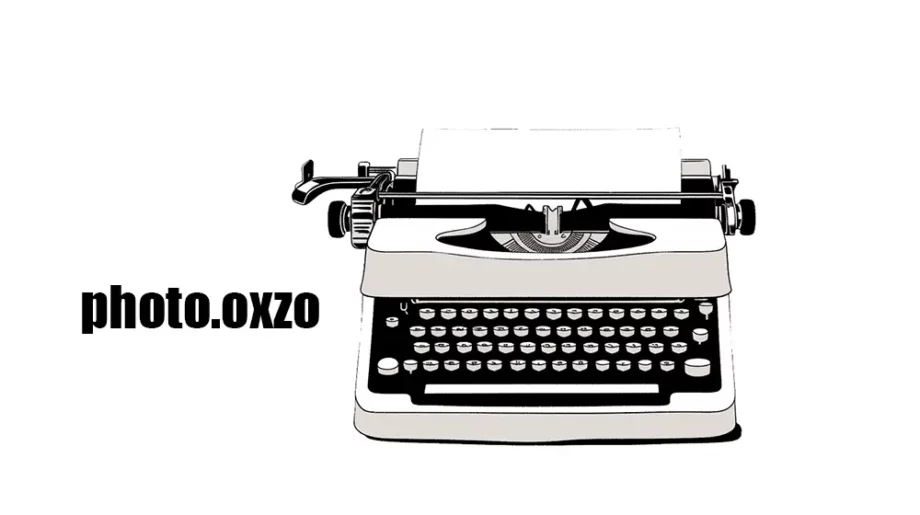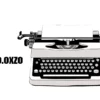Choosing the Best Photography Gear for My New Journey
I’ve recently spent a lot of time reevaluating my photography gear, aiming to find the perfect balance between portability, resolution, and a unique aesthetic. This shift in focus was prompted by a significant change in my day job. After seven years at Goodwill, it was time for a new direction. The search for a similar role faced challenges, leading me to pursue a Commercial Driver’s License (CDL). As I embark on this new journey, I want a camera that’s portable yet powerful. Initially, I considered Nikon and Sony’s A7R line, but my current frontrunner is the Fujifilm GFX system. While Micro Four Thirds and APS-C cameras are great, I’m moving on from them. A compact full-frame or medium-format camera with an adaptor for Canon EF-S lenses seems ideal.
Fujifilm’s GFX lineup, especially the GFX 100S, caught my attention. The larger sensor size, though not as large as Hasselblad or traditional medium format, offers a significant upgrade. My first choice is the 50mm f/3.5 lens (equivalent to 40mm on full frame), ideal for street photography and landscapes. Downsizing is essential, and I’m selling all my Micro Four Thirds and Pentax K gear to consolidate. Adapting 35mm full-frame lenses to the GFX system has its challenges, like dark corners at wide apertures. However, with 100 megapixels, there are solutions. I prefer native Fuji lenses for their quality, particularly the 250mm and 500mm for long-range telephoto work. An X-Pan cropping mode, inspired by the panoramic Hasselblad X-Pan, offers an exciting possibility to remove the dark corners while maintaining high resolution.
Fujifilm’s film simulations, such as Acros, add another layer of creativity. Software like CaptureOne, tailored for Fuji cameras, allows for detailed adjustments and film profile applications. For my projects, the GFX 100S is perfect, especially for street photography with a 40mm equivalent lens, capturing monochrome and color RAW files simultaneously. One of my ongoing projects is OXZOguide, a travel and photography offshoot designed for Google Maps. Capturing black and white images of landmarks with a high-resolution digital camera and writing about them helps build an online presence. Additionally, I’m focusing on Minnesota state parks, photographing landscapes, rivers, and lakes.
Portraiture is another area I plan to revisit. It’s challenging to find subjects willing to sit for portraits, but the GFX 100S, with its medium format quality, could make a significant impact. The camera’s lightweight design makes it ideal for walking and hiking, especially paired with the 50mm f/3.5 lens. Financially, the transition requires investment. Selling my old gear will fund a decent starter setup, but high-quality Canon lenses and GFX glass are costly. Canon lenses can run from hundreds to thousands of dollars, while new GFX lenses like the 500mm are over $3000. However, with a career in truck driving, especially with certifications for transporting hazardous materials, I can earn around $100,000 annually. This income will support my photography investments and contribute to an IRA project.
By focusing on used Canon DSLR lenses and leveraging my existing 40mm and 300mm lenses, I believe this plan is feasible. The journey ahead is exciting, and with the right gear, I’m ready to capture it all.
Keywords:
- Photography gear
- Fujifilm GFX
- Street photography
- Medium format camera
- Canon lenses
- Landscape photography
- Portrait photography
- High-resolution camera
- Film simulations
- Travel photography
Meta Description:
Explore my journey in choosing the best photography gear, focusing on the Fujifilm GFX system for street and landscape photography. Learn about the advantages of medium format cameras and how I’m integrating Canon lenses into my setup.

